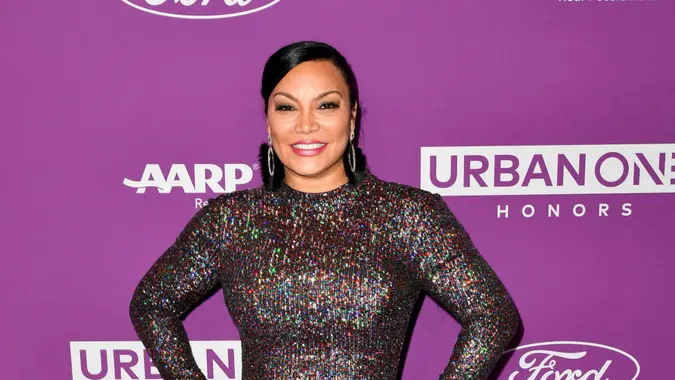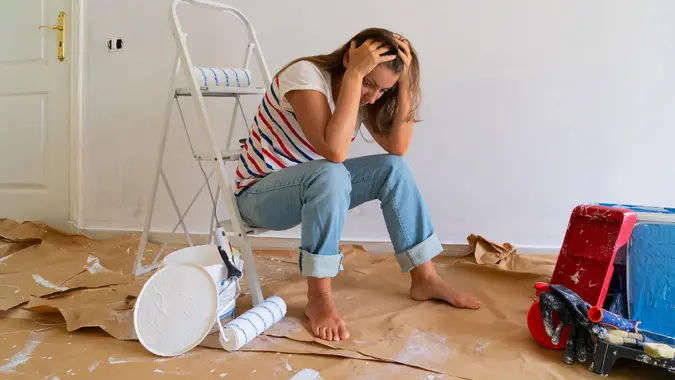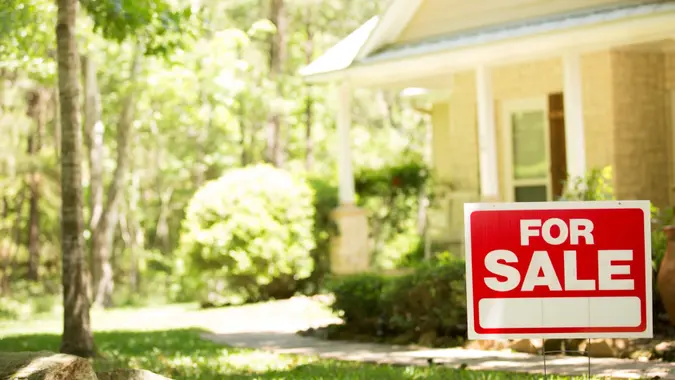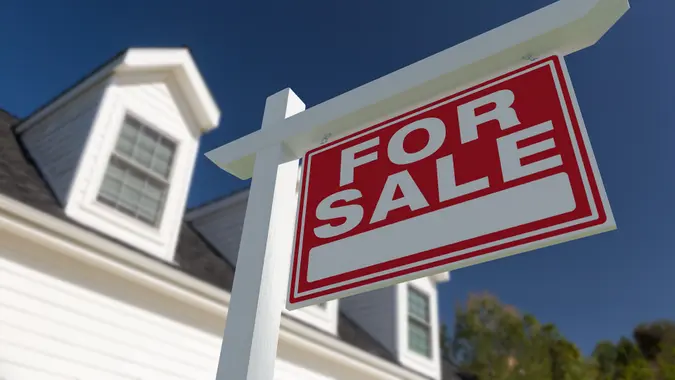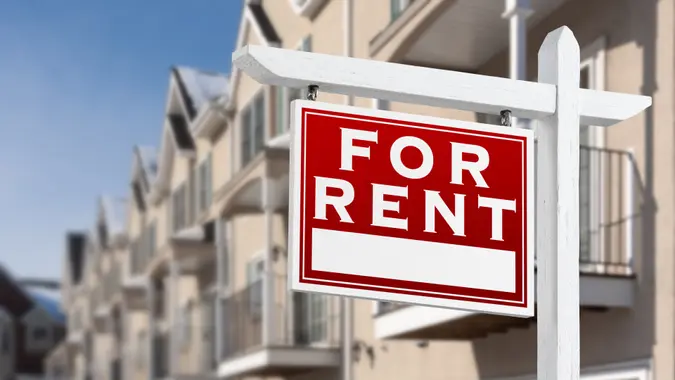7 Sneaky Hidden Costs of Homeownership, According to George Kamel

Commitment to Our Readers
GOBankingRates' editorial team is committed to bringing you unbiased reviews and information. We use data-driven methodologies to evaluate financial products and services - our reviews and ratings are not influenced by advertisers. You can read more about our editorial guidelines and our products and services review methodology.

20 Years
Helping You Live Richer

Reviewed
by Experts

Trusted by
Millions of Readers
Ramsey Solutions financial expert George Kamel has the following advice for anyone looking to trade their monthly rent payment for a mortgage: “Do not buy a house until you know exactly what it’s going to cost you.”
You don’t want expensive budgetary surprises after committing to a home loan. In a recent video, Kamel said by considering the following seven sneaky costs of homeownership, you can better determine how much money you’ll actually have to save before you buy a house.
Homeowners Association Fees
Neighborhoods governed by homeowners associations (HOAs) have rules that can help protect property values and may offer attractive amenities, such as community pools, fitness centers and playgrounds. But they also come with fees, which can increase over time.
These fees vary greatly, depending on where you live and the amenities and services the HOA provides. However, the national monthly average for a single-family home is $244, according to a Rocket Mortgage survey.
Before making an offer on a home, Kamel said you should determine whether there’s an HOA and, if so, calculate the fees into your budget.
Utilities
Don’t be surprised if your utility bills are higher when owning than when renting.
Your utility expenses depend on the size of your home, your usage and other factors, but the monthly average for homeowners is $400, per Inspire Clean Energy. This figure includes natural gas, electricity, water, garbage collection, internet and cable.
Most sellers are probably more than happy to share their monthly utility costs with potential buyers, so don’t be afraid to ask when home shopping.
Lawn Care
Expect to pay $100 to $500 monthly if you hire a lawn care service, per Angi. The national average is $300.
You can save by caring for the yard yourself, but you may not own any lawn equipment if you’ve been renting. So you’ll still have the expense of acquiring the necessary tools, of which the most expensive is often a mower. Kamel recommended checking Facebook Marketplace and Craigslist for a used one.
Maintenance and Repairs
When you rent, the landlord covers the maintenance and repair costs. These expenses fall on you as a homeowner, though. “This can be one of the biggest adjustments when you go from renting to owning,” according to Kamel.
Homeowners spent an average of $2,458 on maintenance and $1,667 on unexpected repairs in 2023, per SoFi. To prepare for these expenses, Kamel recommended establishing a maintenance sinking fund. Some financial experts suggest saving 1% to 4% of your home’s value annually. Others say you should save one dollar for every square foot of livable space you have.
Property Taxes
Kamel considers property taxes sneaky for two reasons. First, like most homeownership expenses, property taxes increase as your home’s value rises. “If you can barely afford the mortgage right now, you could be one property tax hike away from being in a real bind,” Kamel said.
Second, you’ll always be responsible for the property taxes, even after you pay off your mortgage.
Property taxes vary greatly, but you can typically look up the tax amounts for specific addresses on state and county government websites.
Homeowners Insurance
According to the National Association of Realtors, the national average annual cost of homeowners insurance is $2,377, another expense that isn’t fixed. Over the past two years, the average homeowner has seen a 20% increase in their premiums.
It can help to speak with an insurance agent who can give you a general idea of the potential insurance costs for the homes that interest you.
Private Mortgage Insurance
If you’re a first-time homebuyer, a 20% down payment may be more than you can afford. If your down payment is less, or you need to finance more than 80% of the home’s value, the lender will usually require you to carry private mortgage insurance (PMI) until you’ve built up 20% equity in your new home. Plan on a monthly PMI cost of $30 to $70 per $100,000 borrowed until that time, per My Home by Freddie Mac.
Even though PMI is temporary, Ramsey Solutions recommends committing no more than 25% of your after-tax income to your home payments, including the principal and interest of your mortgage, homeowners insurance, property taxes, and PMI.
More From GOBankingRates
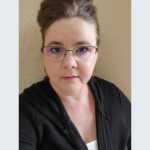 Written by
Written by  Edited by
Edited by 






